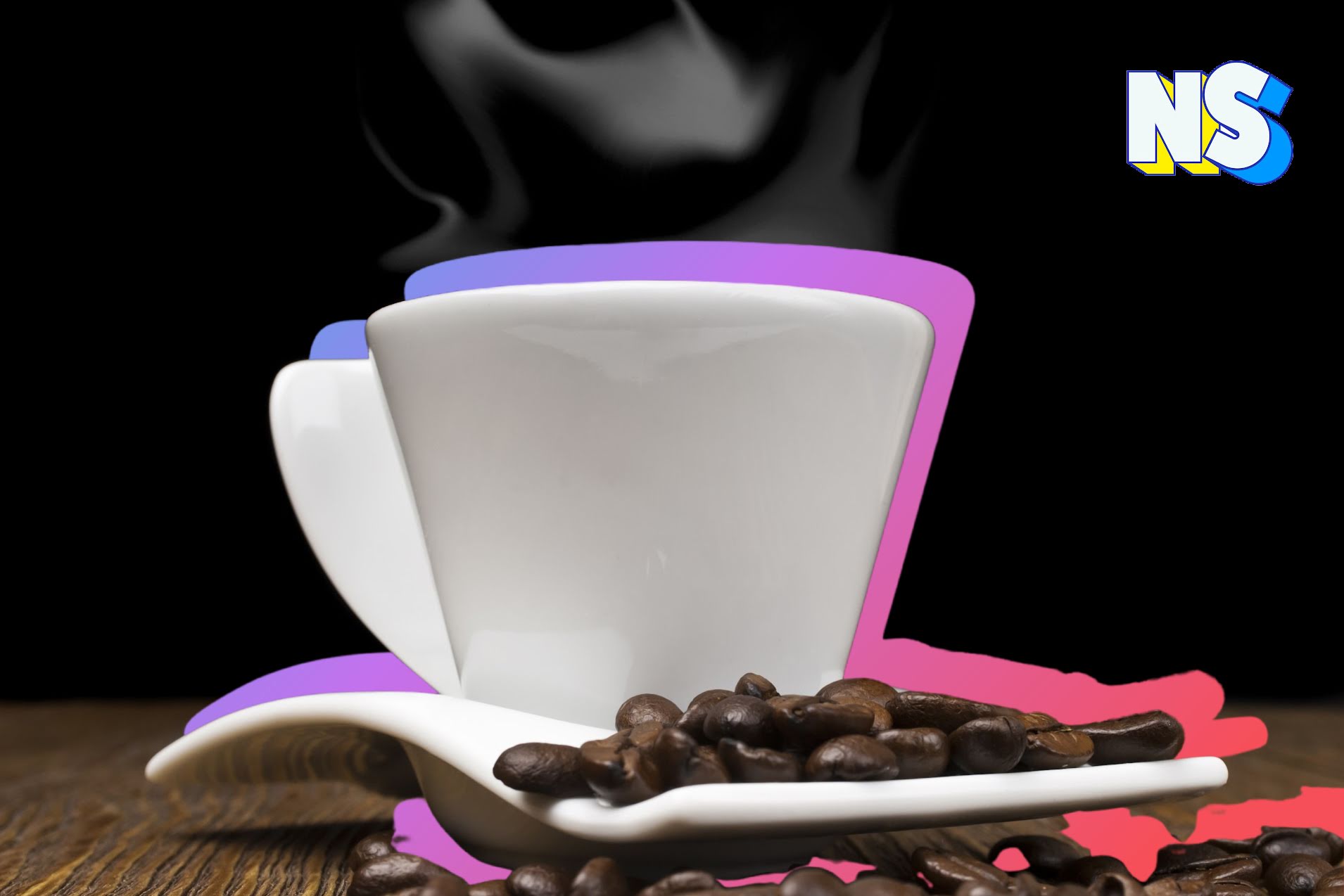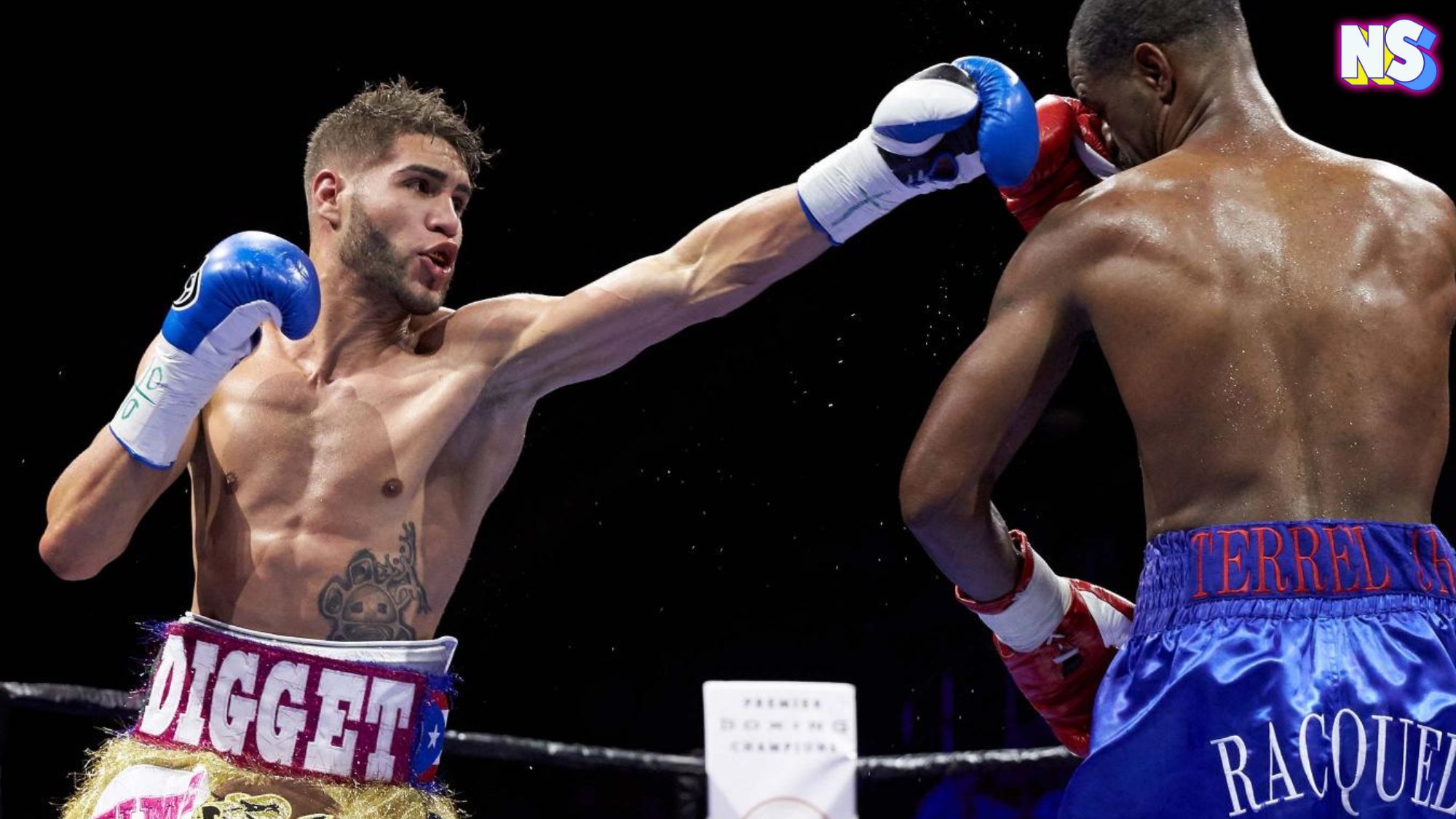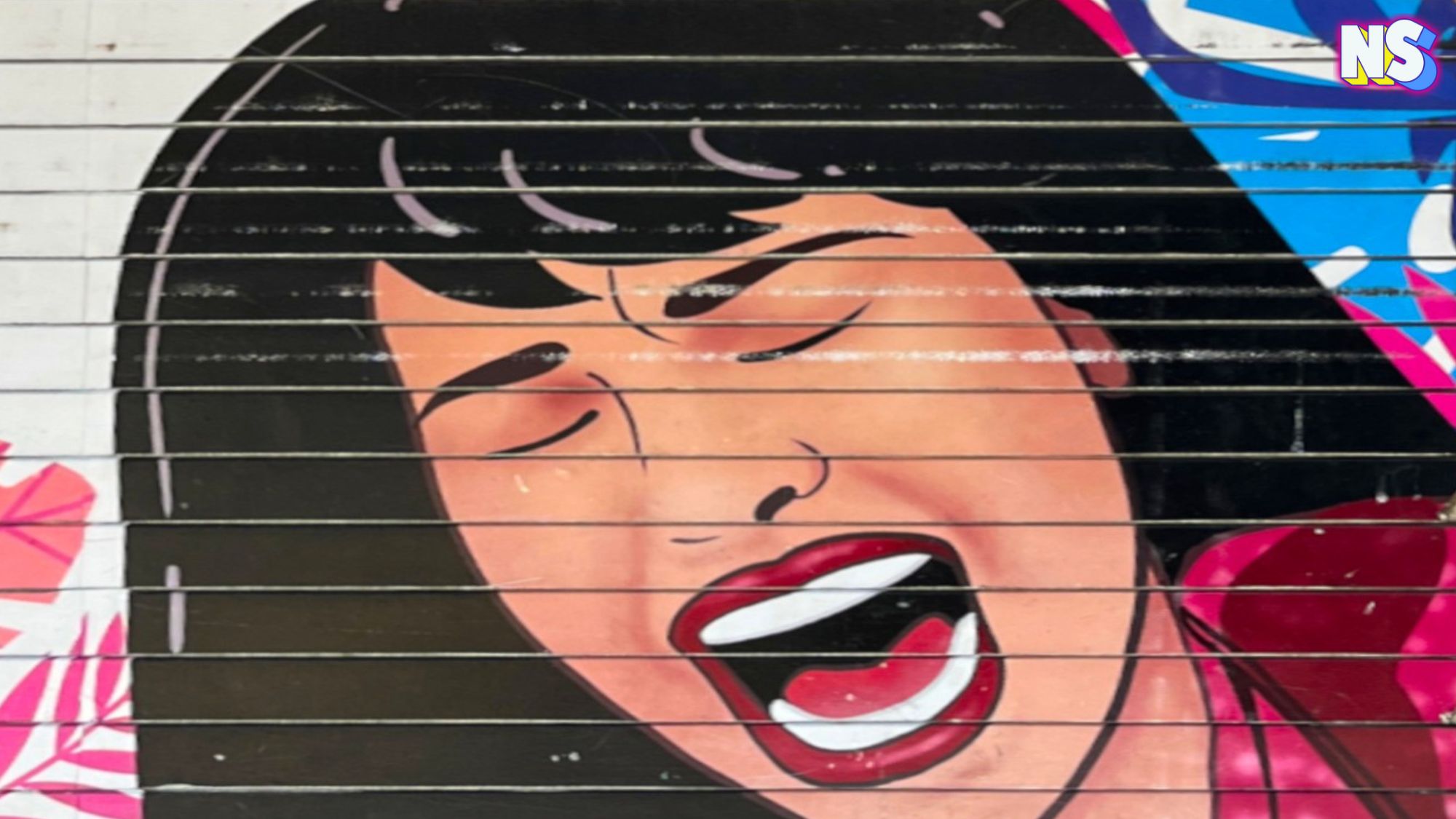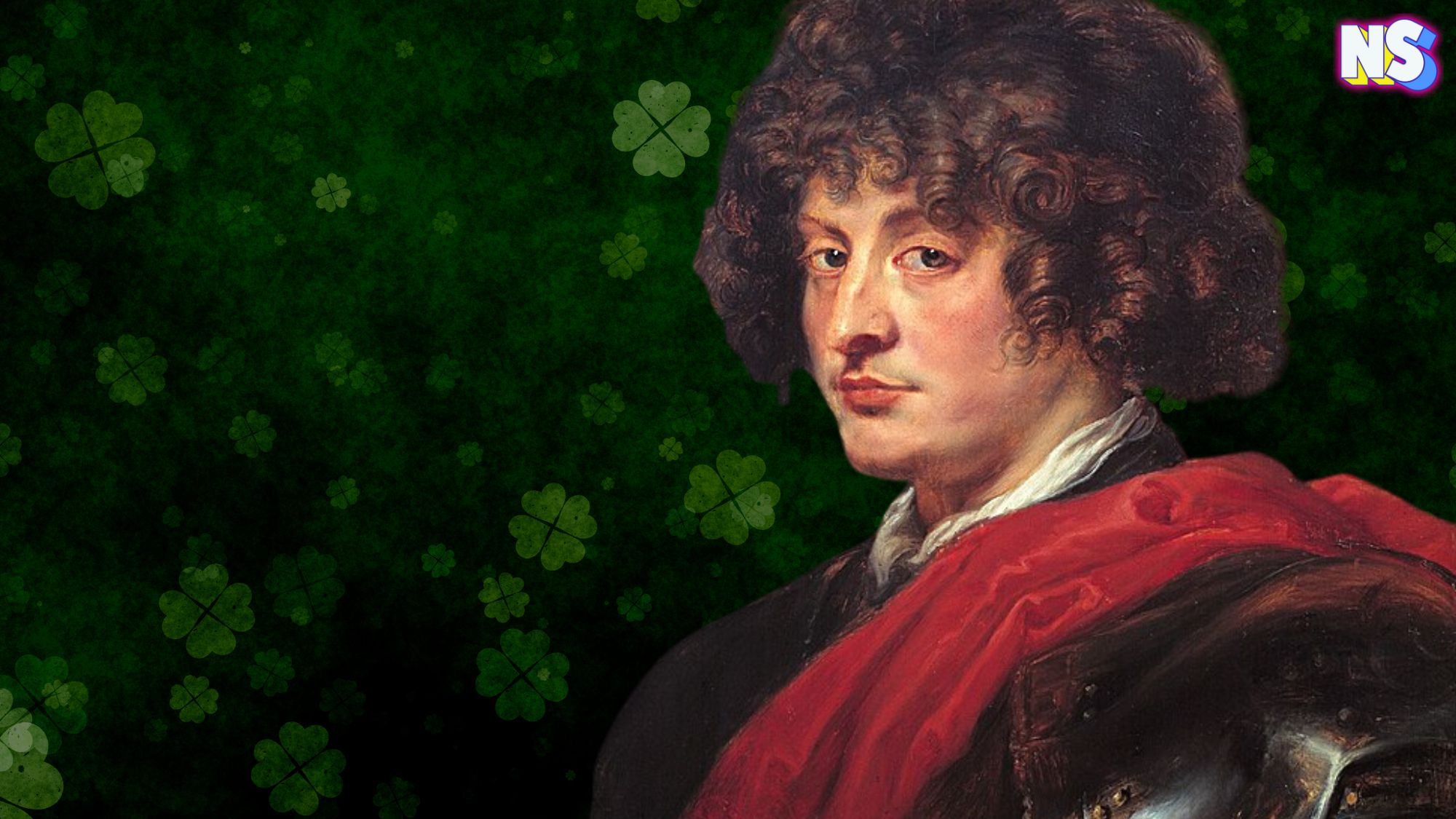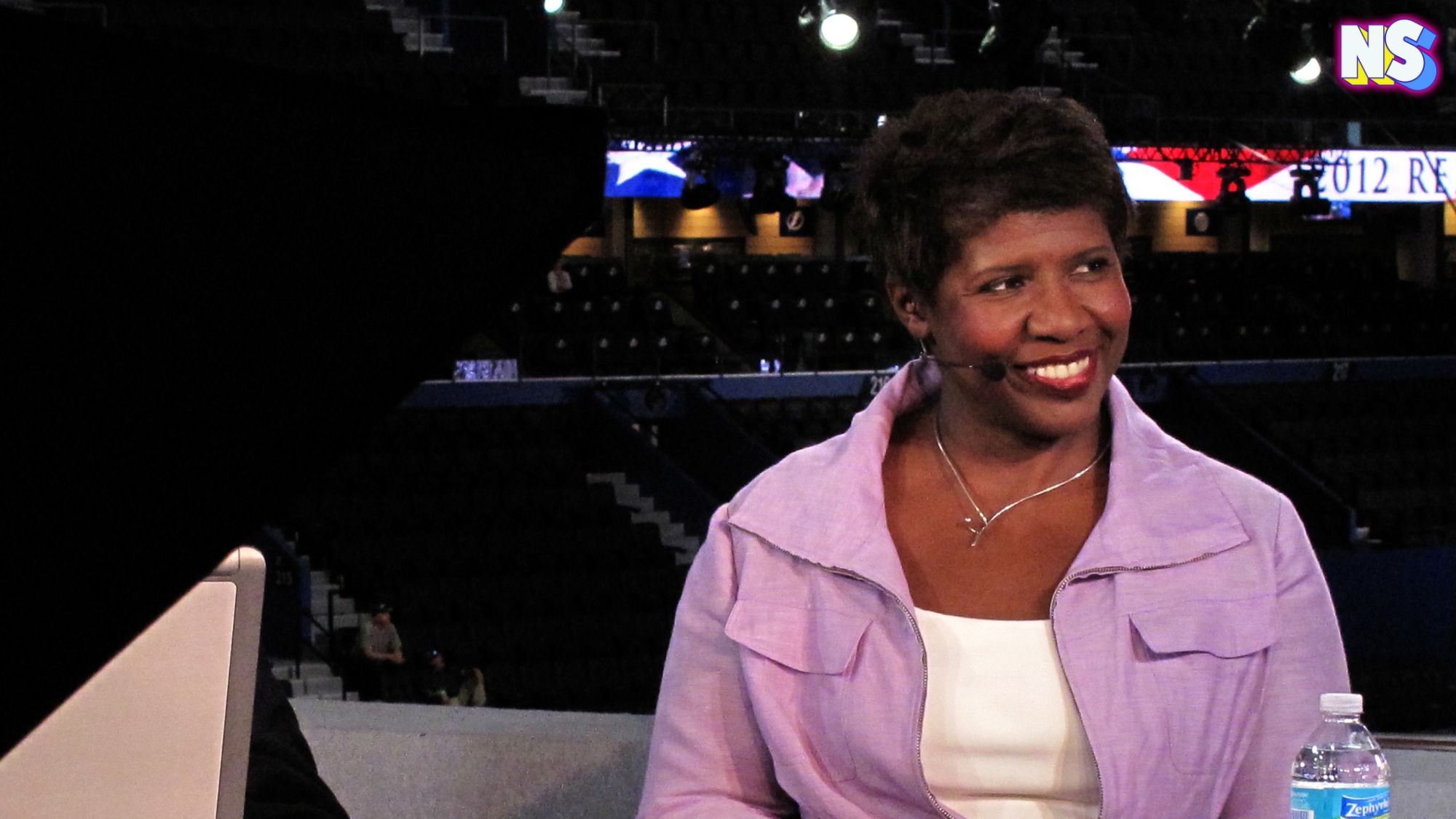Image courtesy of Nuestro Stories.
Coffee. Who can live without it? Certainly not us Latin Americans. We know coffee best because it is essential to our everyday life.
A cup wakes you up in the morning, its aroma perfuming the kitchen. It is a must at family gatherings and when friends get together to chat about this or that. It’s an excellent excuse for romantic first encounters and crying with friends over a break-up while downing a steaming cup of Colombian Supremo.
A matter of tradition
Latinos drink coffee anytime; it’s like the British drink tea, where from early morning to late at night, tea is brewed in most households across the country. Coffee is an integral part of Hispanic culture, and because of that, we know good coffee. It is no wonder that Latin American coffee is the most consumed in the world.
Countries within Latin America have an ideal growing environment — moderate sunshine and rain, lovely temperatures, and rich, porous soil. Coffee originated in Africa around the 15th century and made its way to Latin America in the early 18th century via the Caribbean. By the mid-18th century, Latin American countries became some of the top producers.
The three major regions where the beans are produced are the Caribbean, Brazil — which makes nearly 40% of the world’s supply (setting itself apart from other producing nations — like Vietnam and Ethiopia — because it dries the beans unwashed in the sun), and the Cordillera — a grouping of coffee zones from Mexico to Peru, Central America, and Colombia.
Colombia is the third largest producer in the world, helped by a fictional farmer we all know as Juan Valdez.
A sip of cafe Colombiano leaves the drinker with a mild and fruity aromatic taste.
The regions and their coffee
The definition of drinking coffee in Latin America varies according to where you are. For example, in Colombia, its tinto (a colloquialism for black); in Puerto Rico, its puya (drank without sugar and so strong it brings you back to life); and in Costa Rica, its café chorreado (coffee made with a chorreador — filtered through a cloth).
In Mexico, it’s the spiced café de olla (made with Mexican ground coffee, cinnamon, and a dark, raw sugar called Piloncillo); in Brazil, it’s cafezinho (made with raw sugar called rapadura, Brazil’s unrefined sugar) — just to name a few.
And the piece de resistance — the Cuban cortadito — two shots of espresso topped with equal amounts of steamed milk.
So, as you can see, not only is coffee part of our life’s blood, we have many iterations of how to drink it. Our palette is as diverse as we are. We not only produce it, but we also know how to drink it.
Colombian novelist Gabriel Garcia Marquez was one of the most famous Latin American coffee drinkers. The beverage featured highly in his writing. In his iconic novel One Hundred Years of Solitude, coronel Aureliano Buendía was almost killed with a coffee laced with strychnine.
So, drink up and enjoy!
https://nuestrostories.com/wp-content/uploads/2022/06/Susanne-182×250.jpeg

